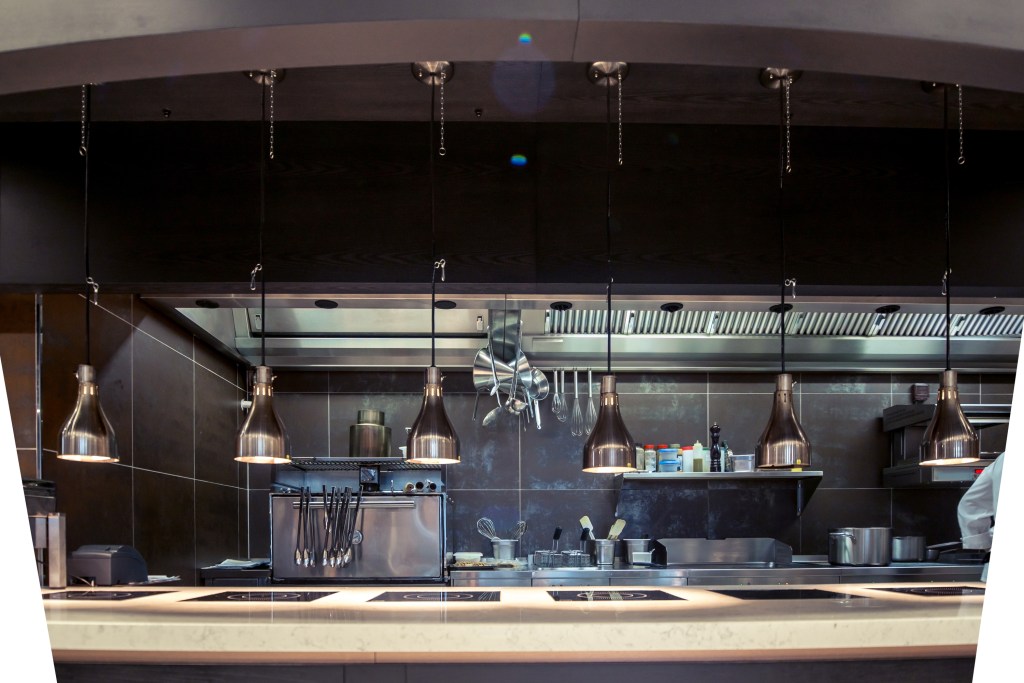A well-run restaurant can churn out profits. However, the path toward a profitable restaurant is paved in hard work and costly upfront expenses. Before you head down this path, you might wonder how much it costs to open a restaurant.
Many factors determine how much the startup costs of a restaurant will be. Location, size, cuisine, service style, licensing, and franchise fees all factor into the overall capital you’ll need to start a restaurant.
Industry professionals estimate startup costs for restaurants in a few different ways. Some estimate per seat, while others do it by the square footage of the space. Those who have opened many restaurants go off of historical cost data. Whatever method you choose, you can expect the median cost of starting a restaurant to be between $250,000 and $450,000.
Although those might seem like huge numbers, there are ways to bring down those costs significantly. We’ll tell you how, but first, let’s better understand the types of costs involved with starting a restaurant.

Reoccurring costs
Reoccurring costs are those you’ll pay not only during the startup phase but throughout the restaurant’s life. These costs include lease/mortgage payments, utilities, payroll, food/beverage costs, licensing fees, insurance, and marketing. Many of these are fixed costs, but some are variable costs that you can bring down. Recurring costs should be factored into the initial startup costs of a restaurant. However, it’s not where the bulk of the startup costs lie.
One-time costs
One-time costs you those you invest in the building/renovation of the restaurant space, equipment, furnishings, signage, technology, legal fees, and other miscellaneous expenses that pop up when starting a restaurant. These one-time costs are where first-time restaurant owners make the mistake of dumping too much capital into their vision of their dream restaurant.
How to cut back on restaurant costs

1. “Get by: until you start seeing profits
As much as you and your employees would love a shiny new kitchen with the newest equipment, it’s unnecessary. Buying the latest and greatest kitchen equipment is the number one thing that skyrockets your startup costs.
This also goes for dining room furnishings, small wares, point-of-sale technology, and restaurant decor. While all of these things are vital to a restaurant’s success, if you’re starting up on a budget, there’s nothing wrong with “getting by” initially.
Setting up your restaurant with used kitchen equipment, dining room furnishings, and even small wares can save you a ton in upfront costs. Once you open your doors and prove to your customers that you have a fantastic product, you can update your restaurant once you start making a profit.
2. DIY your dining room
Labor and material costs for building or renovating a dining room comprise a significant portion of restaurant startup costs. It’s common for restaurant owners to have a particular vision for the overall atmosphere of the space and they are willing to pay big bucks for it. However, like the equipment, you can continuously improve this down the road.
That’s not to say you should accept an unappealing space. If you’re handy, there’s a ton of things you can do on your own to make your restaurant appealing to your customers. If you’re not so handy, you’d be surprised what a fresh coat of paint and some local artwork can do for a dining room.
3. Be smart with your marketing budget
Letting people know your restaurant is open is a big part of a restaurant’s initial success. However, spending thousands of dollars on TV, radio, internet, and billboard advertising might not be the wisest approach.
Restaurants are notorious for having many kinks to work out in the beginning. Having a flood of people show up at your restaurant during this phase can be more detrimental than positive. Many restaurants have soft openings to avoid this and work through their growing pains. When they are operating like a well-oiled machine, then they can advertise a grand opening.
Even when your restaurant is firing on all cylinders, a big marketing budget might not be necessary with savvy social media utilization. It’s essential to study your customer base and area demographics before spending a lot of money on a marketing campaign.
4. Control your food and labor costs
Restaurants, especially first-time startups, can rapidly accumulate food and labor costs within the first months of opening. Scaling back on menu offerings can help keep food costs low. Also, starting out with fewer food options takes some stress off of the kitchen and even helps cut back on labor costs by hiring fewer kitchen staff.
Final Thoughts
There’s nothing more rewarding than opening the successful restaurant of your dreams. However, being realistic about your upfront startup costs can be the difference between success and failure. Making the right choices to save money in the beginning by using gently used equipment, putting some sweat equity into your decor and design, being smart with your marketing budget, and controlling food and labor costs can help your restaurant become a long-term success.



